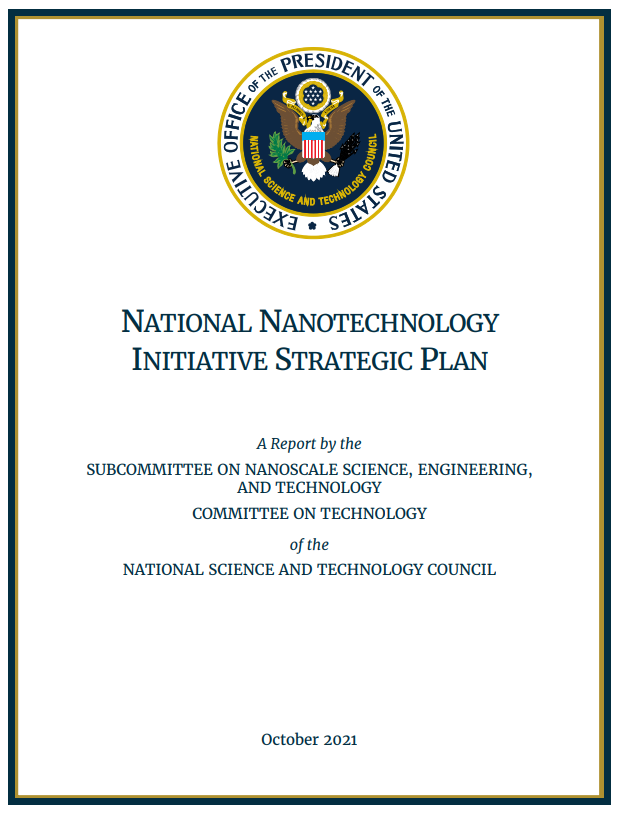| Email not displaying correctly? View in a Web Browser | |||||||||||||||||
 |
|||||||||||||||||
|
Issue 50
2021 National Nanotechnology Initiative Strategic Plan The National Nanotechnology Coordination Office (NNCO) recently released the 2021 National Nanotechnology Initiative (NNI) Strategic Plan. nanoHUB is proud to play a role along with many other projects in the nanotechnology community to support this initiative over the next five years. Semiconductor Workforce Development The new page contains curated content for users interested in semiconductor education. Along with nanoHUB’s unique immersive learning through simulation, users will find open courseware, free textbooks, commercial software and more by visiting the Semiconductor Workforce Development page. Now Available on nanoHUB: Educational Version of Thermo-Calc To gain free access to Thermo-Calc on nanoHUB, users are required to join the Thermo-Calc Educational Version nanoHUB group. Before being admitted to the group, users are asked to make their organization and position public on their nanoHUB profile. When requesting to join, users are agreeing to Thermo-Calc's End User License Agreement. Visit the group page for complete instructions on how to join.
With the recent addition of the Thermo-Calc Software Education Package on nanoHUB, we are seeking teaching materials from instructors. If you have any Thermo-Calc related homework assignments, problem sets, tutorials, video demos or other items designed for teaching, please consider making them available on nanoHUB.
When publishing a new resource in nanoHUB, it's beneficial to include the resource URL in the footer of all pages in the publication. This ensures that users can easily navigate back to the full resource page from any of the document components. Join NCN's nanoBIO node for their Spring Recitation series on simulation in education. These workshops are intended for researchers and educators to examine implementations of nanoBIO and other cloud-based applications in educational settings.
Upcoming Sessions:
Title: Using nanoHUB Apps to Teach Linker-mediated Assembly of Virus-like Particles into Ordered Arrays via Electrostatic Control
Title: How to create an educational module using cloud based apps: mapping learning objectives and audience onto the tool. For more information, please visit the nanoBIO seminar page. How to Submit Teaching Materials: A Quick TutorialThis short tutorial demonstrates how to publish teaching materials on nanoHUB. Recitation Series for Semiconductor EducationIn this series, Dr. Gerhard Klimeck introduces the ABACUS tool suite, which includes simulations of crystal structures and lattices, bandstructure and band models, bulk semiconductors, PN Junctions, Bipolar Junction Transistors, MOS Capacitors, and MOSFETs. The objective of this recitation series is to enable faculty to enhance semiconductor classes with interactive simulations and engage students in more active forms of learning. ML-based Surrogate Models for Nusselt Number and Friction Factor Prediction in Constant Cross-SectionThe ML-based Surrogate Models tool predicts the fully-developed laminar Nusselt number (Nu) and friction factor for any cross-sectional shape of a flow channel. The Nusselt number prediction is available for two different constant heat flux boundary conditions, H1 and H2. The tool also presents a demo for different cross-sections. Monte Carlo Electron Dynamics
|
|||||||||||||||||
|
|||||||||||||||||


